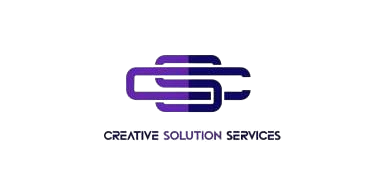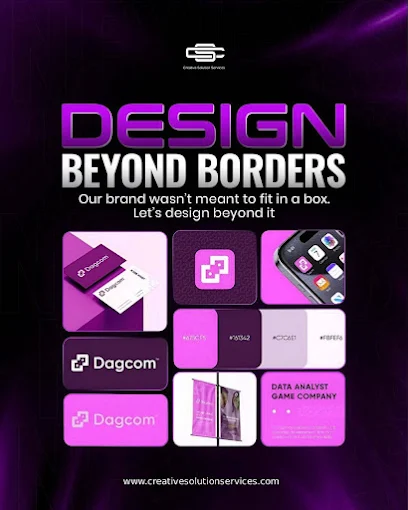Graphic Design: More Than Just Pretty Pictures
In the age of digital communication, graphic design plays a vital role in how we experience the world around us. From logos and product packaging to websites and social media, design influences what we see, how we feel, and even the decisions we make.
But graphic designing is much more than aesthetics—it’s a powerful tool for visual communication that blends creativity with strategy. In this post, we’ll explore what graphic design is, why it matters, and how it’s evolving in today’s fast-paced digital world.
What Is Graphic Design?At its core, graphic designing is the art and practice of combining text, images, and visuals to communicate a message. It’s used to inform, engage, and persuade audiences across a wide variety of platforms, including:Branding (logos, business cards, letterheads)Advertising (posters, flyers, digital ads)Web design and app interfacesSocial media graphicsProduct packaging
Print materials (magazines, brochures, catalogs)A graphic designer uses elements like color, typography, layout, imagery, and composition to deliver a clear and visually appealing message.Why Graphic Design Matters
1. First Impressions CountWhether it’s your logo, website, or product packaging, design is the first thing people notice. A strong visual identity can make your brand memorable and build trust instantly.
2. Brand Identity
Design plays a key role in shaping how people perceive your brand. Consistent use of colors, fonts, and visuals creates a cohesive image that helps people recognize and connect with your business.
3. Improved Communication
A well-designed infographic or social media post can convey complex information faster and more clearly than a block of text. Good design helps deliver your message efficiently.
4. Increased Engagement
Visually appealing content tends to perform better—whether in print or online. From higher click-through rates to more social shares, design directly impacts engagement.
Key Elements of Good Graphic DesignBalance – Creating a sense of equilibrium in your layout.Contrast – Using opposing elements (color, size, shape) to highlight important content.Alignment – Keeping elements visually connected for a clean and professional look.Repetition – Repeating design elements to create consistency and brand recognition.Whitespace – Allowing room for the design to “breathe” and improve readability.Typography – Choosing fonts that reflect your brand personality and enhance readability.Tools of the TradeModern graphic designers use a range of tools to bring their ideas to life:Adobe Creative Cloud (Photoshop, Illustrator, InDesign)Canva (great for beginners and quick designs)Figma (popular for UI/UX and collaborative design)CorelDRAW, Affinity Designer, and other vector-based toolsGraphic Design Trends to WatchDesign constantly evolves with technology, culture, and user behavior. Some current trends include:Minimalism – Clean, simple designs with lots of whitespace3D and motion graphics – Adding depth and interactivityBold typography – Making text a central visual elementRetro and nostalgic styles – Drawing from past decades for visual storytellingSustainability-focused design – Earth tones, eco-themes, and ethical messaging.
Graphic Design as a CareerIf you’re passionate about creativity and visual storytelling, graphic designing can be a rewarding and flexible career. You can work in:
AgenciesFreelance/contract rolesIn-house creative teamsProduct or UX/UI designHaving a strong portfolio is key to landing clients or jobs. Don’t just show what you designed—explain the thinking behind it.
Final ThoughtsGraphic designing is more than just making things look good—it’s about solving problems through visual communication. Whether you’re a business owner, content creator, or aspiring designer, investing in great design can elevate your message, boost your brand, and engage your audience in ways that words alone cannot.




